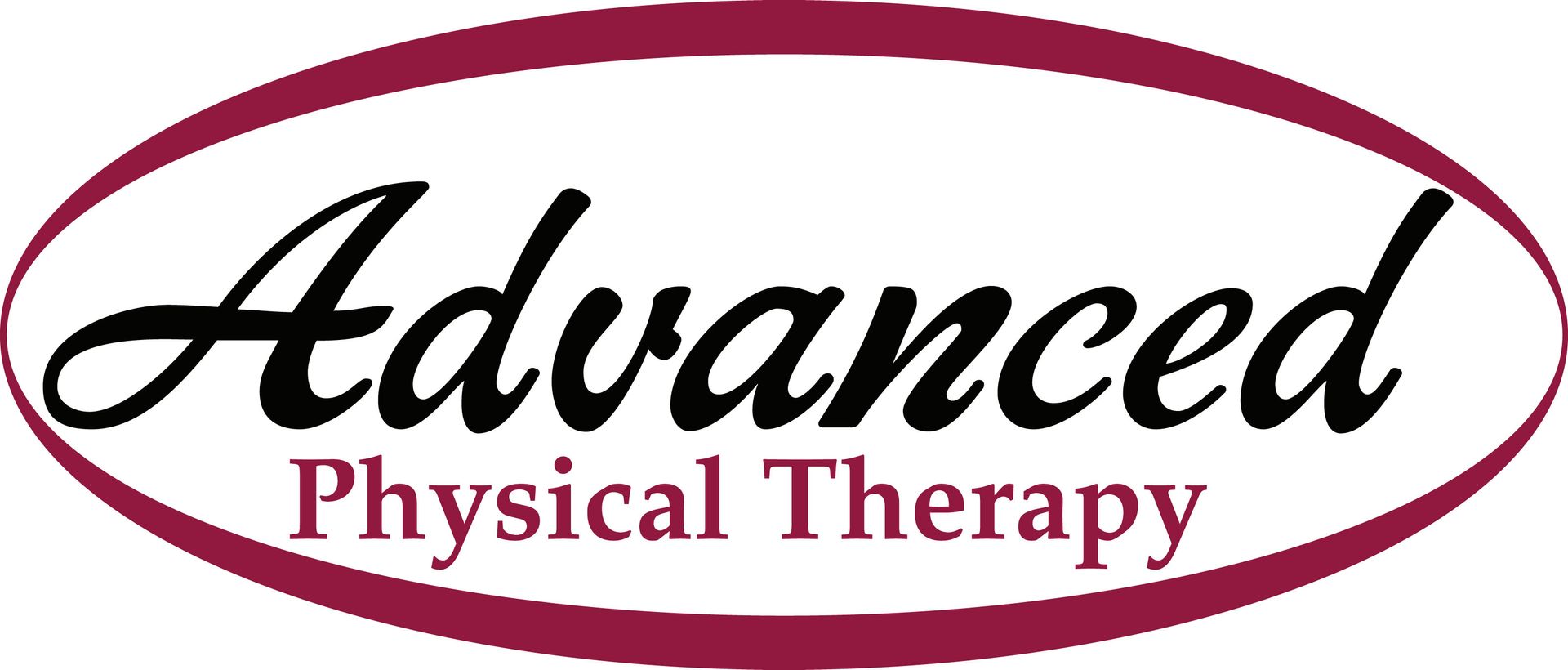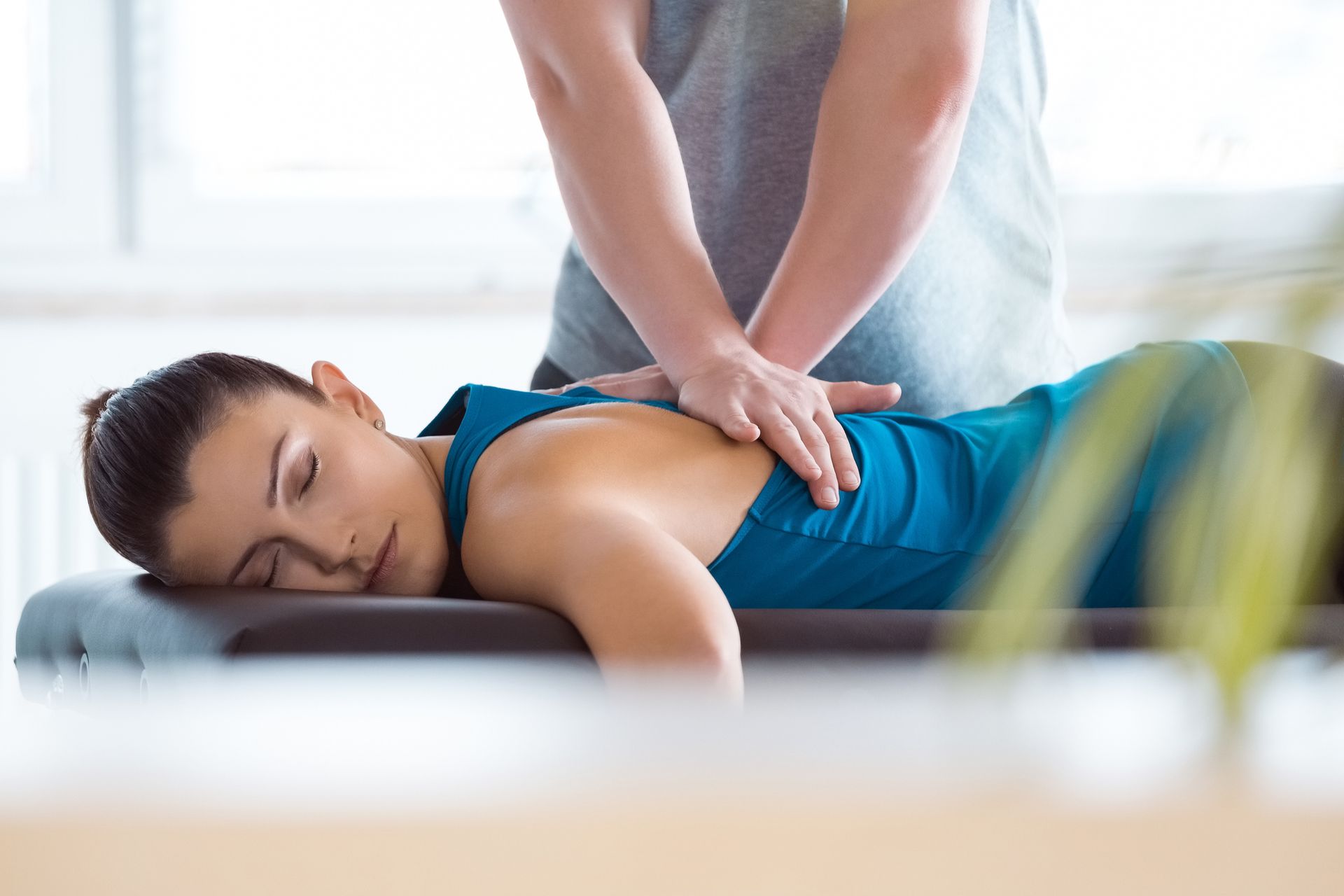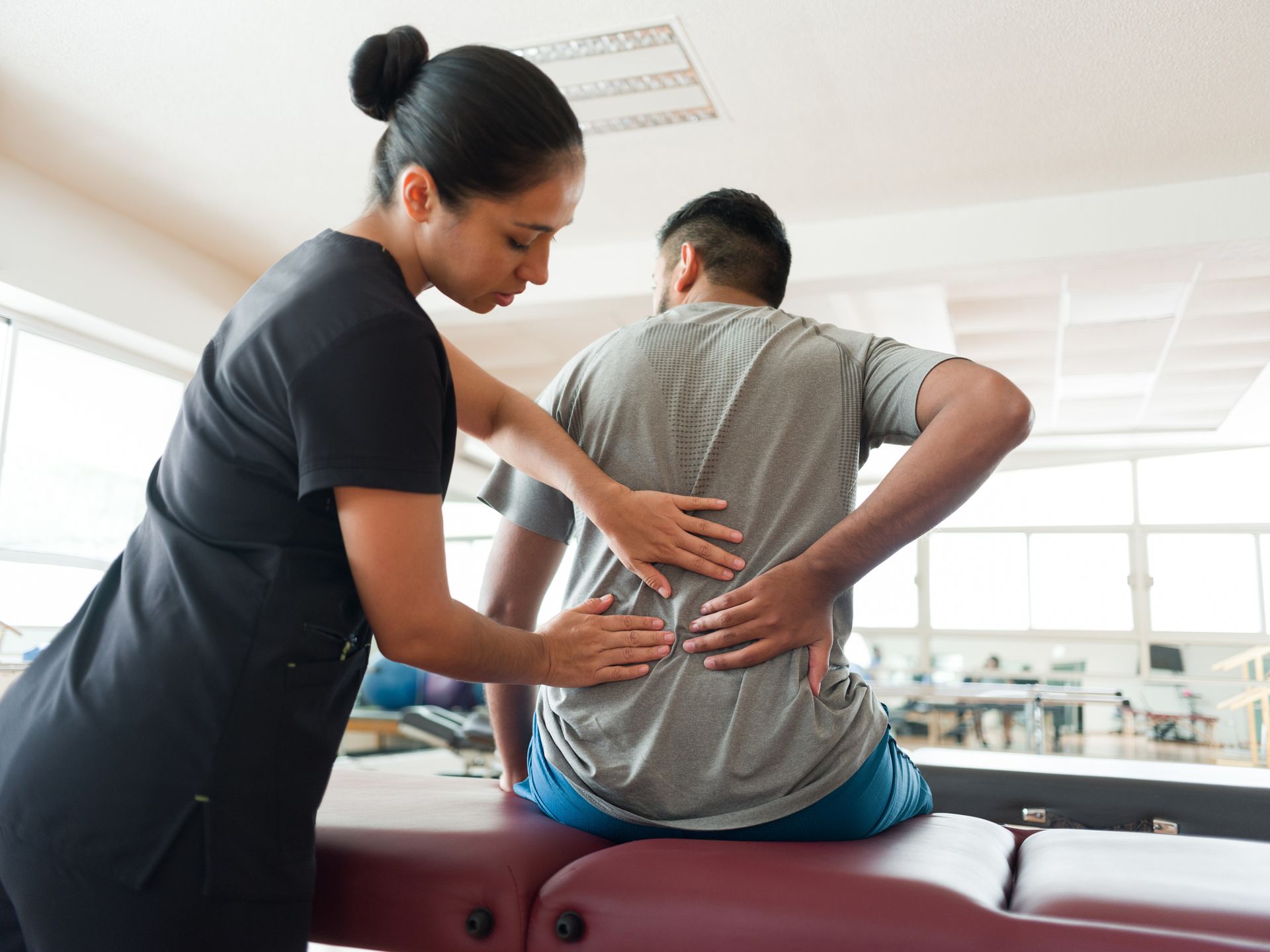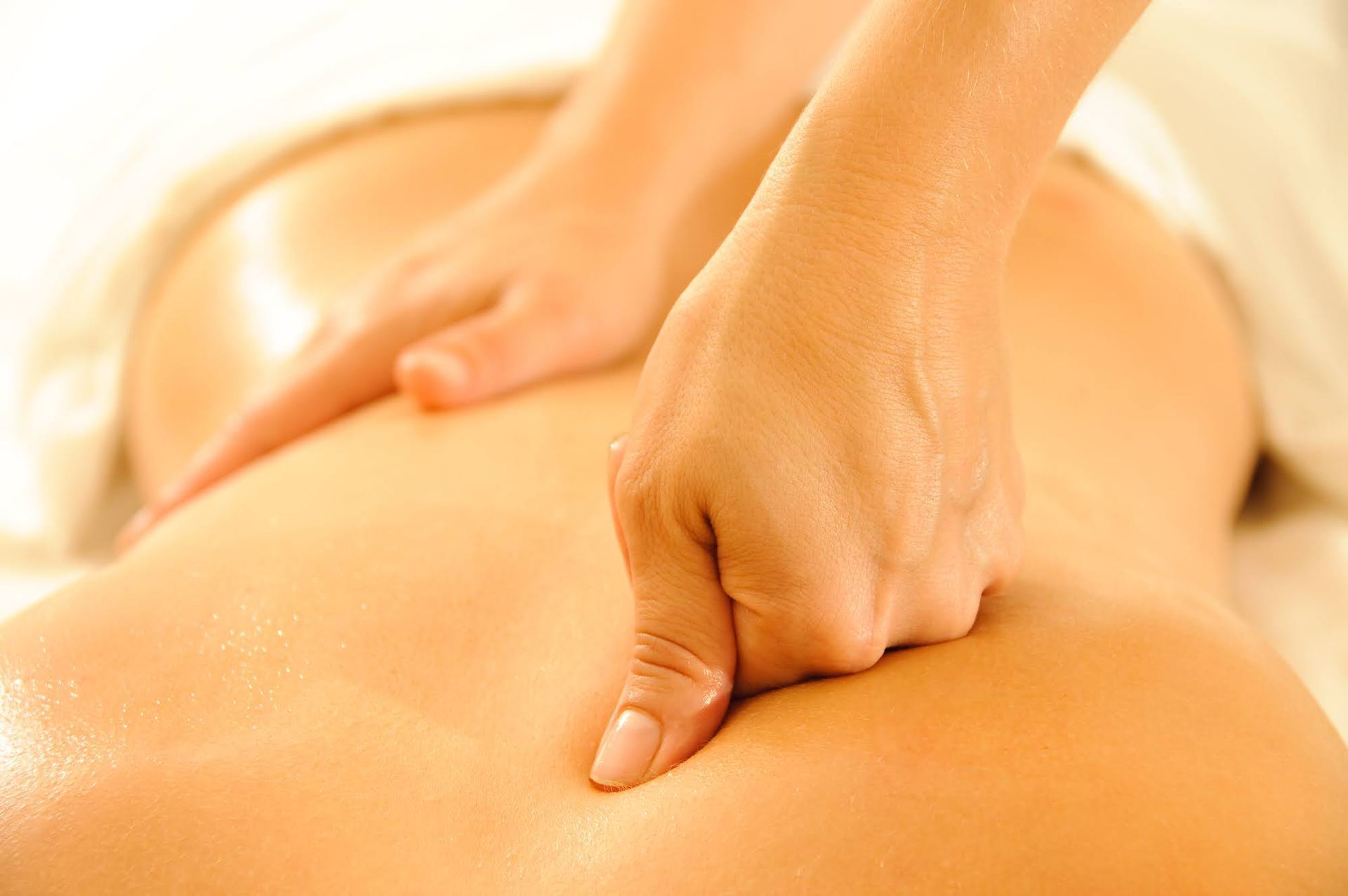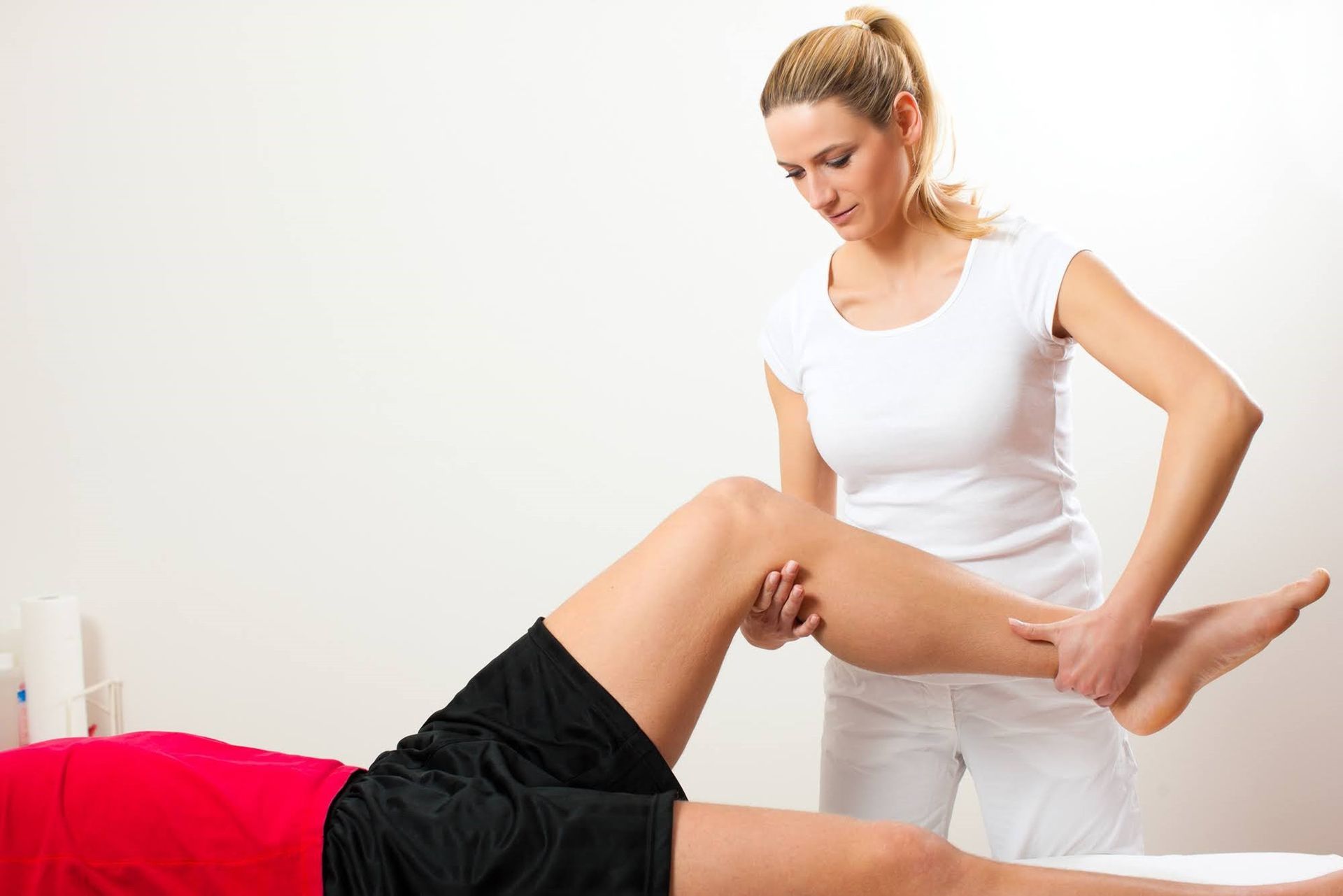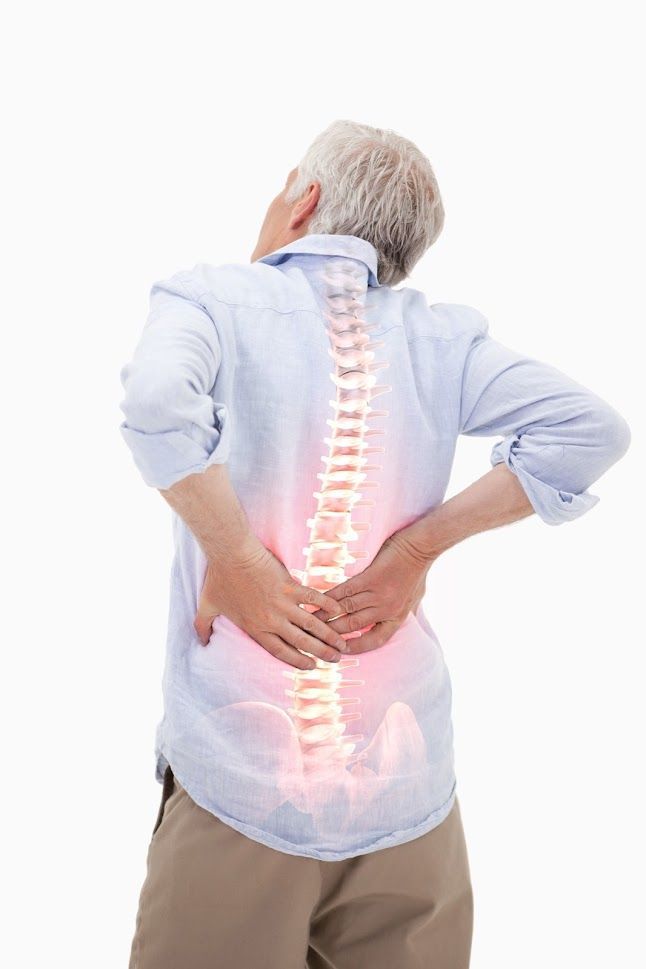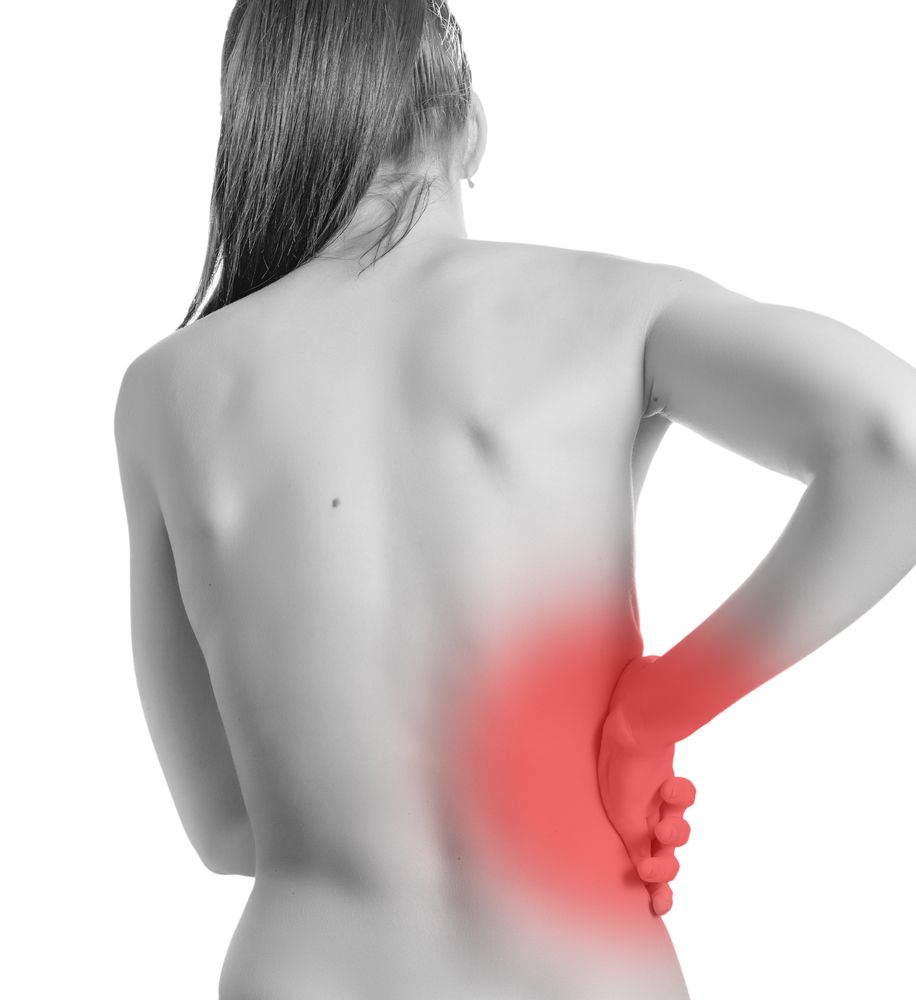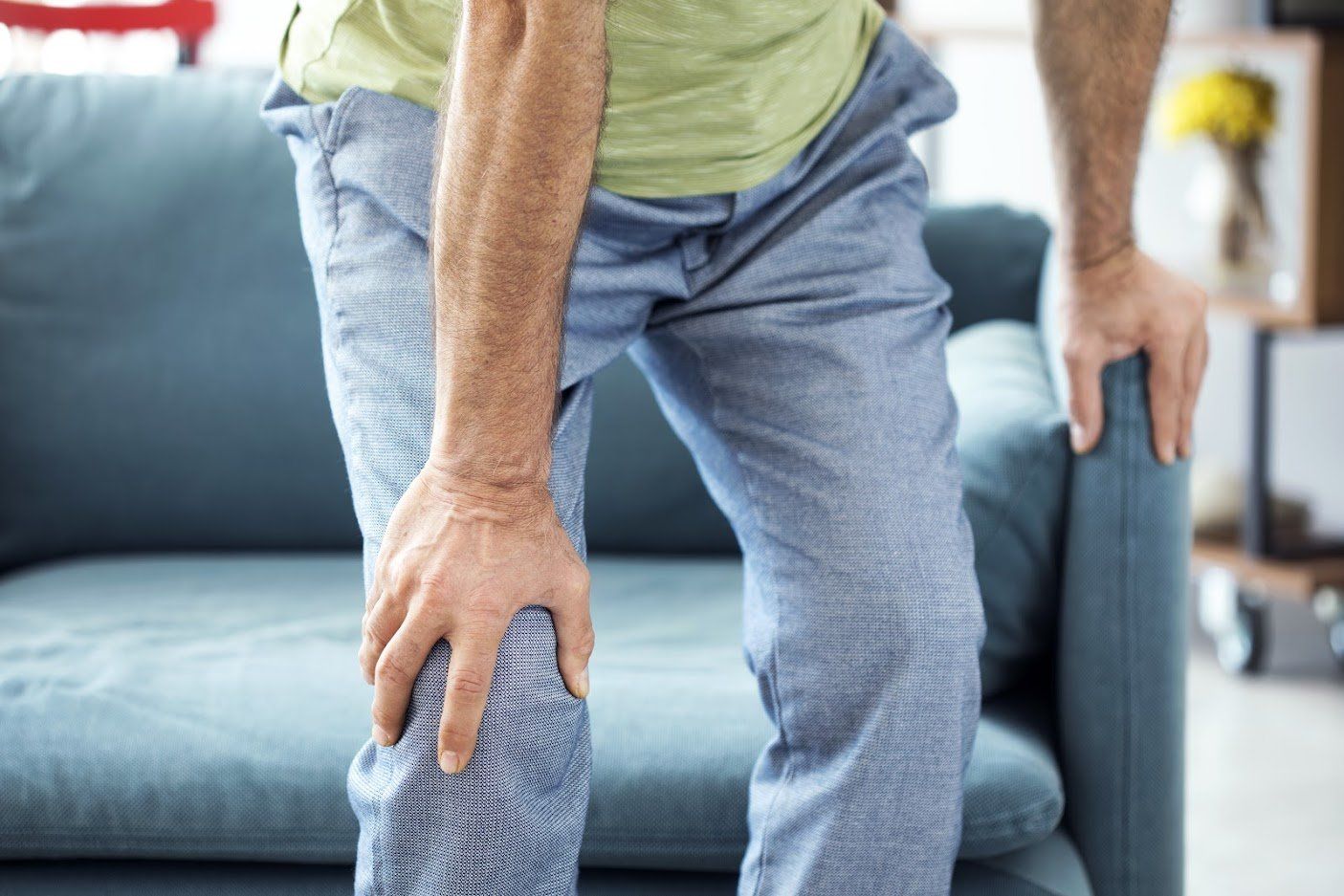Dive Into the Healing Benefits of Aquatic Therapy
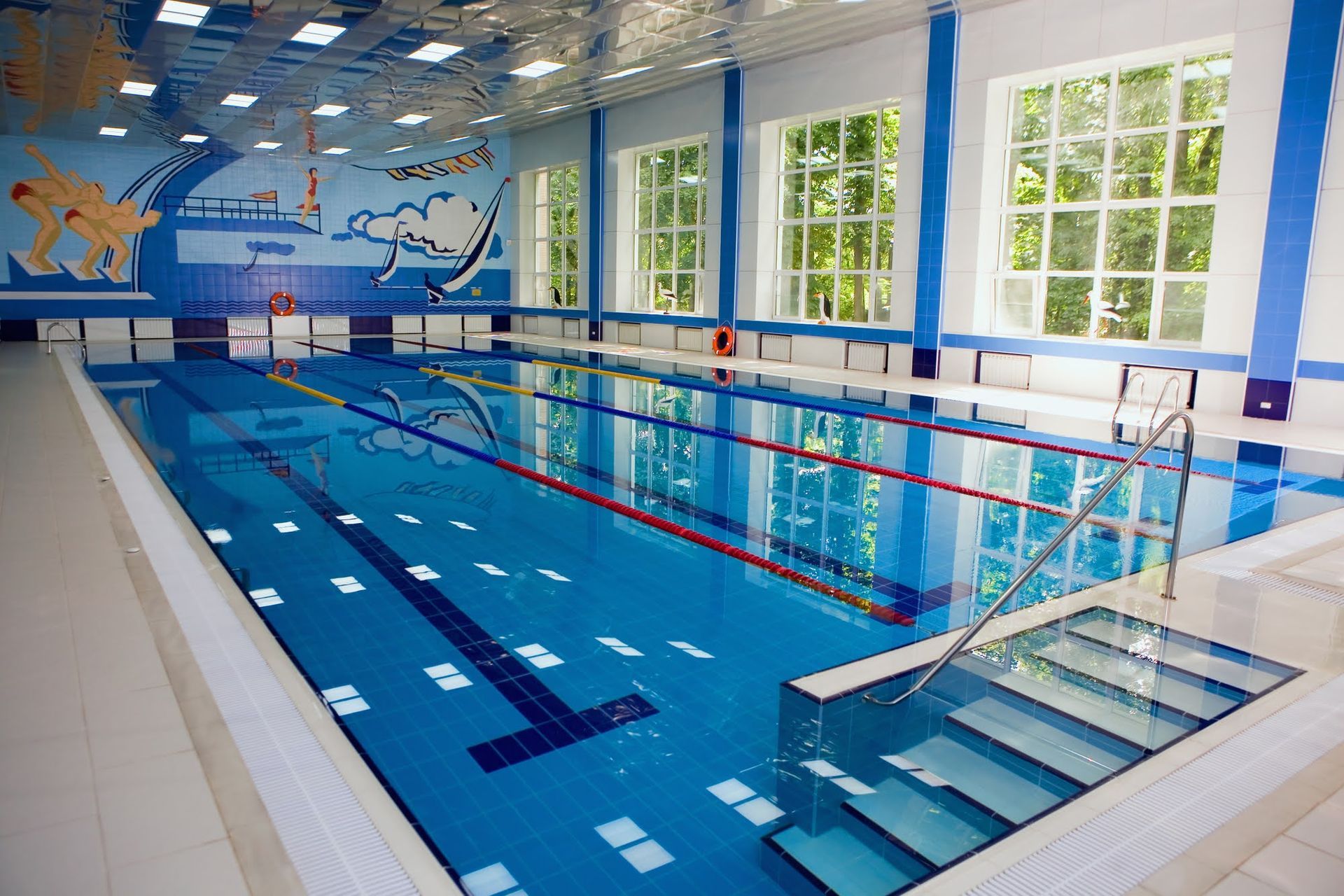
Aquatic therapy is a form of physical therapy that takes place in water. It involves exercises that are designed to improve mobility, flexibility, and range of motion and is particularly beneficial for people recovering from injuries or conditions that affect their physical functioning. The unique properties of water offer several advantages to people undergoing rehabilitation or seeking to enhance their physical abilities. Here are some of the benefits of aquatic therapy for improved mobility.
Reduced Pressure and Impact on Joints
The buoyancy of water supports the body and reduces the amount of weight that the joints bear. This makes it easier for individuals with joint pain or weakness to exercise without fear of injury. In addition, water resistance challenges muscles and helps to build strength and endurance without subjecting the joints to undue stress. People recovering from joint surgery, arthritis, or other orthopedic conditions can benefit greatly from aquatic therapy because it allows them to exercise safely and effectively.
Improved Balance and Coordination
Water provides a stable environment that can help to improve balance, coordination, and proprioception (the sense of one's own body in space). Standing in waist-deep water allows individuals to engage in activities that challenge their sense of balance without fear of falling or injury. Exercises that involve walking, jogging, or jumping in the water require coordination and can improve motor skills. Aquatic therapy can be especially useful for people with neurological conditions such as stroke or Parkinson's disease who may have difficulty with balance and coordination.
Increased Range of Motion
The warmth of water can help to relax muscles and increase the range of motion. Hydrostatic pressure, the pressure exerted by the water on the body, can also help to reduce inflammation and swelling. People with joint stiffness, spinal cord injuries, or other conditions that limit mobility can benefit from aquatic therapy because it allows them to move more freely. The resistance of water can also be used to strengthen muscles and improve joint stability.
Enhanced Cardiovascular Fitness
Aquatic therapy can provide a cardiovascular workout that is gentle on the body. Exercising in water can increase heart rate and improve circulation, which can lead to better cardiovascular health. This type of exercise can be particularly beneficial for individuals who are overweight, have arthritis, or who cannot tolerate high-impact activities. Aquatic therapy can also be used as a form of cross-training for athletes who want to improve their overall fitness.
Improved Mental Health and Well-Being
In addition to the physical benefits, aquatic therapy can have a positive impact on mental health and well-being. Being in water can be calming and meditative, and the feeling of weightlessness can help to reduce anxiety and stress. The social aspect of aquatic therapy, where individuals exercise together and support each other, can also be a source of emotional support. People who participate in aquatic therapy often report improved mood, reduced pain, and a greater sense of overall well-being.
Aquatic therapy is a powerful tool for improving mobility and physical function. The unique properties of water can provide a safe and effective environment for people recovering from injuries or conditions that affect their physical abilities. Reduced pressure on joints, improved balance and coordination, increased range of motion, enhanced cardiovascular fitness, and improved mental health and well-being are just some of the benefits of this type of therapy.
If you are struggling with physical limitations, contact the office of Advanced Physical Therapy to schedule a consultation. We can help you determine whether aquatic therapy might be a suitable form of treatment for you. Dive into the healing benefits of aquatic therapy and discover the power of water to transform your life.

